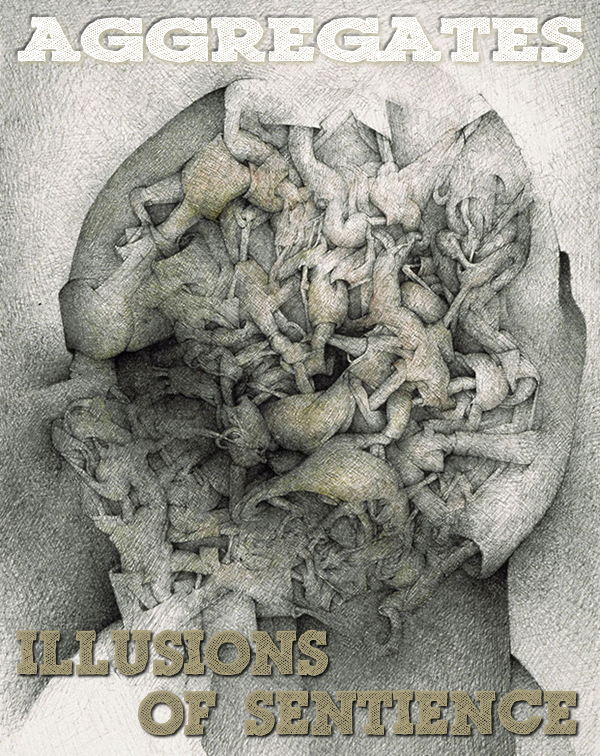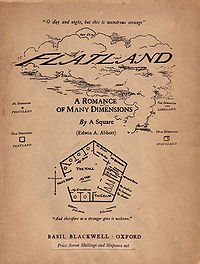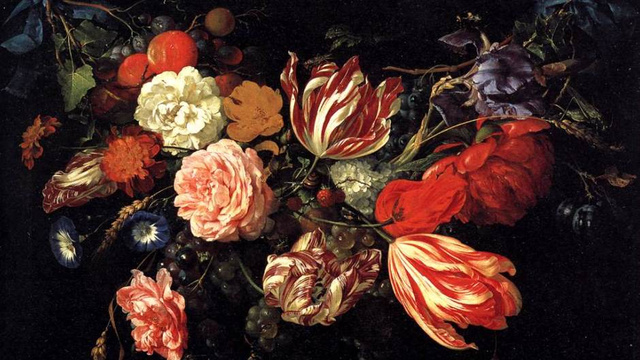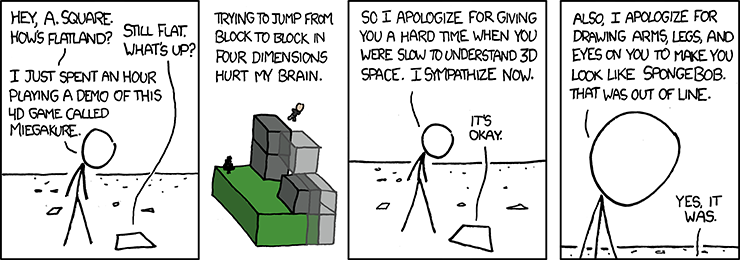Republished by Blog Post Promoter
ILLUSIONS OF SENTIENCE
Republished by Blog Post Promoter
 In the philosophy of consciousness, “sentience” can refer to the ability of any entity to have subjective perceptual experiences. This is distinct from other aspects of the mind and consciousness, such as creativity, intelligence, sapience, self-awareness, and intentionality (the ability to have thoughts that mean something or are “about” something). Sentience is a minimalistic way of defining “consciousness“, which is otherwise commonly used to collectively describe sentience plus other characteristics of the mind.
In the philosophy of consciousness, “sentience” can refer to the ability of any entity to have subjective perceptual experiences. This is distinct from other aspects of the mind and consciousness, such as creativity, intelligence, sapience, self-awareness, and intentionality (the ability to have thoughts that mean something or are “about” something). Sentience is a minimalistic way of defining “consciousness“, which is otherwise commonly used to collectively describe sentience plus other characteristics of the mind.
Eastern religions including Hinduism, Buddhism, Sikhism, and Jainism recognize non-humans as sentient beings.According to Buddhism, sentient beings made of pure consciousness are possible. In Buddhism, the concept is related to the Bodhisattva, an enlightened being devoted to the liberation of others. The first vow of a Bodhisattva states: “Sentient beings are numberless; I vow to free them.” Sentience in Buddhism is the state of having senses (sat + ta in Pali, or sat + tva in Sanskrit). In Buddhism, the senses are six in number, the sixth being the subjective experience of the mind. Thus, an animal qualifies as a sentient being.
In Buddhism the skandhas (or aggregates in English) are the five functions or aspects that constitute the human being. The Buddha teaches that nothing among them is really “I” or “mine”. Suffering arises when one identifies with or clings to an aggregate. Suffering is extinguished by relinquishing attachments to aggregates.
The five skandhas:
- “form” or “matter” external and internal matter. Externally, is the physical world. Internally, this includes the material body and the physical sense organs.
- “sensation” or “feeling”, sensing an objectas either pleasant or unpleasant or neutral.
- “perception”, “conception”, “apperception”, “cognition”, or “discrimination”, registers whether an object is recognized or not (for instance, the sound of a bell or the shape of a tree).
- “mental formations”, “impulses”, “volition”, or “compositional factors”, all types of mental habits, thoughts, ideas, opinions, prejudices, compulsions, and decisions triggered by an object.
- “consciousness” or “discernment”
The Buddhist literature describes the aggregates as arising in a linear or progressive fashion, from form to feeling, to perception, to mental formations to consciousness. In the early texts, the scheme of the five aggregates is not meant to be an exhaustive classification of the human being. Rather it describes various aspects of the way an individual manifests.
- Understanding suffering: the five aggregates are the “ultimate referent” in the Buddha’s elaboration on suffering in his First Noble Truth: “Since all four truths revolve around suffering, understanding the aggregates is essential for understanding the Four Noble Truths as a whole.”
- Clinging causes future suffering: the five aggregates are the substrata for clinging and thus “contribute to the causal origination of future suffering”.
- Release from samsara: clinging to the five aggregates must be removed in order to achieve release from samsara, literally meaning “continuous flow”, is the repeating cycle of birth, life, death and rebirth (reincarnation)
— I HAVE EXCERPTED THE TEXT ABOVE FROM VARIOUS ARTICLES AND LINKS FOUND IN WIKIPEDIA.ORG (LRS)
The Virus that Destroyed the Dutch Economy
Republished by Blog Post Promoter
Famously, the tulip speculation that happened in the late 1600s brought down the Dutch economy. But did you know that it wasn’t botany that brought down Holland, it was virology? The thing that sent speculators into despair wasn’t a flower, but a virus.
Tulip speculation was rampant in Holland in the 1600s. Brought over from Asia Minor, the flowers enlivened the Dutch landscape. They were sought after just at a time when money was pouring in to the Dutch economy, preparing people to spend their new found wealth on silly things. Prices climbed high and fast, and entire businesses were sold or traded at auction for a single bulb. Anything that gave people the opportunity to make money in a single transaction was valuable in and of itself, so tulip bulbs became a sensible thing to speculate on, right up until they weren’t. Suddenly people realized that they didn’t have the intrinsic value that everyone seemed to believe they did, and prices collapsed. Everyone old enough to read this has seen a crash or two in their time, so we can’t look on with too much smug superiority.
Well, maybe a little. After all, they’re just tulips. They can’t do anything except make more tulips, which should, if anything bring the price of tulips down. There doesn’t seem to be a reason for that kind of price range.
It turns out, though, that there was something that turned tulips into gold. Some tulips turned out to have a special quality that sent their worth through the roof. Some tulips, for no apparent reason, erupted from a solid color into a swirled, feathery bloom that was incredibly exotic and beautiful. No one seemed to know why any single bulb did this, and no one was able to establish a pattern for the change. The trade turned from an exchange of pricey luxury items to speculating on eagle eggs, on the understanding that sometimes, for no readily apparent reason, an egg hatched a griffin instead of an eagle.
But there was a reason, and it was called the Tulip Breaking Virus, or mosaic virus. It was transmitted either by contact with the bulb of an infected tulip or by different species of aphids. It changes pigmentation by affecting the distribution of anthocyanin, a pigment that can appear different colors depending on the pH of its area.
Of course, since that wasn’t known at the time, the Dutch dumped everything from pigeon droppings to dish water on their bulbs, all the while keeping prized bulbs away from the aphids or the other tulips which might actually have gotten them to break.
 Sadly, the virus did what viruses generally do — it killed the tulip after a few blooming seasons, driving up the price for a newly-broken bulb even higher. The virus turned tulips into lottery tickets , and so it was understandable that people paid too much for them. Semper Augustus, pictured to the left, was famous for being the most expensive bulb sold during the period. It cost 13000 florins, at a time when one could get a house and garden for a third of that price. But the rampant speculation one which bulb was a winner, mocked even at the time, could only be kept up for so long. The economy collapsed, and what caused tulips to break remained a mystery until the 1900s.
Sadly, the virus did what viruses generally do — it killed the tulip after a few blooming seasons, driving up the price for a newly-broken bulb even higher. The virus turned tulips into lottery tickets , and so it was understandable that people paid too much for them. Semper Augustus, pictured to the left, was famous for being the most expensive bulb sold during the period. It cost 13000 florins, at a time when one could get a house and garden for a third of that price. But the rampant speculation one which bulb was a winner, mocked even at the time, could only be kept up for so long. The economy collapsed, and what caused tulips to break remained a mystery until the 1900s.
The Tulip Breaking Virus is one of the many four viruses that cause flower ‘breaking’ that are still around today, with other strains affecting lilies. Gardeners now are cautioned to watch for these once-priceless flowers, and carefully weed them out of any gardens. Since the collapse of tulip speculation and the rise of tulip agriculture, botanists have selectively bred ‘Rembrandt Tulips,’ which mimic the swirled colors of breaking — without the degenerative virus. The name comes from the famous Dutch painter, since many owners of broken tulips would pay artists to make permanent copies of their fragile purchases. The paintings, of course, tend to be the priceless things now.
( via i09 )
Top Image: Web Gallery of Art
Semper Augustus Image: Norton Simon Image
Via SGM and Yard Smart.
REALITY IN FLATLAND
Republished by Blog Post Promoter
Here is some interesting food for thought from Thomas Campbell’s My Big TOE (Theory of Everything):
 “If you have read Flatland, it will be clear that the ordinary residents of a given reality can only observe and understand interactions within their own reality and the interactions of residents of realities that are more highly constrained than their own. Residents of a more constrained reality cannot comprehend a less constrained reality because it lies beyond the limits of their normal perception.
“If you have read Flatland, it will be clear that the ordinary residents of a given reality can only observe and understand interactions within their own reality and the interactions of residents of realities that are more highly constrained than their own. Residents of a more constrained reality cannot comprehend a less constrained reality because it lies beyond the limits of their normal perception.
Each dimension of reality has its own rules that define its objective science. Additionally, each dimension of reality experiences the next higher (less limited) dimension as subjective and mystical. Consequently, your mysticism may be another’s science: It depends on how big a picture you live and work in, and the degree to which restraints limit your perception. The perspective from the next higher dimension provides a bigger picture with a more complete understanding. This more comprehensive, complete, and less restrictive knowledge is only accessible to lower dimensional beings (those with a more constrained awareness) through the experience of their individual locally-subjective mind.
Consequently, a mystic could be a scientist from a higher dimension, or a delusional fool hopelessly caught in a distorted web of belief. How do you know which is which? A good question! ”
_________________________________________
Flatland: A Romance of Many Dimensions is an 1884 satirical novella by the English schoolmaster Edwin Abbott Abbott. Writing pseudonymously as “a Square”,Abbott used the fictional two-dimensional world of Flatland to offer pointed observations on the social hierarchy of Victorian culture. However, the novella’s more enduring contribution is its examination of dimensions.
SIMPLICITY
Republished by Blog Post Promoter
EVIL BEINGS CAUSE CHAOS.
GOOD BEINGS CREATE
ORDER AND BEAUTY
FROM THE CONFUSION
THEY CAUSE.
__________
Lawrence R. Spencer /2013




